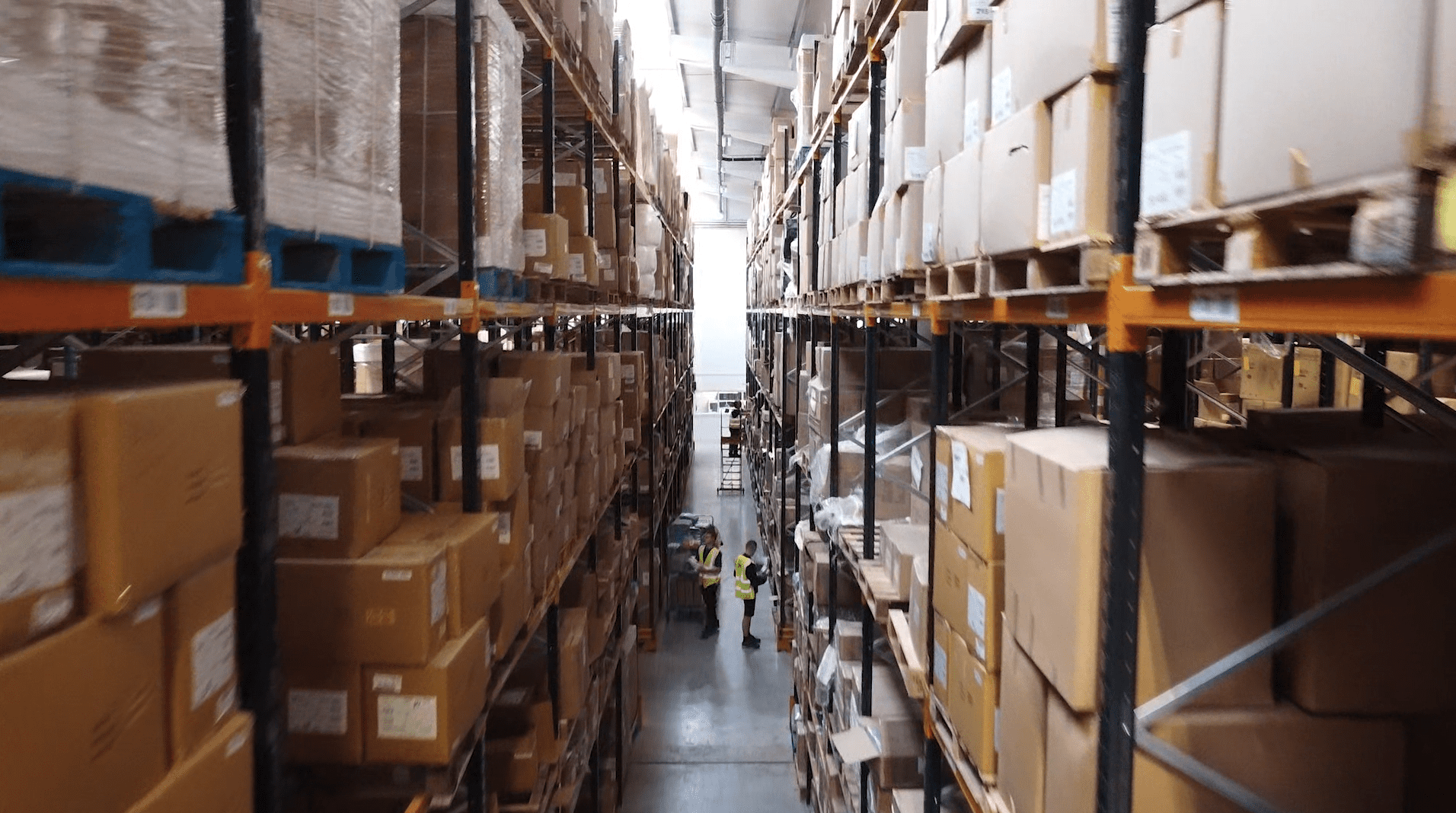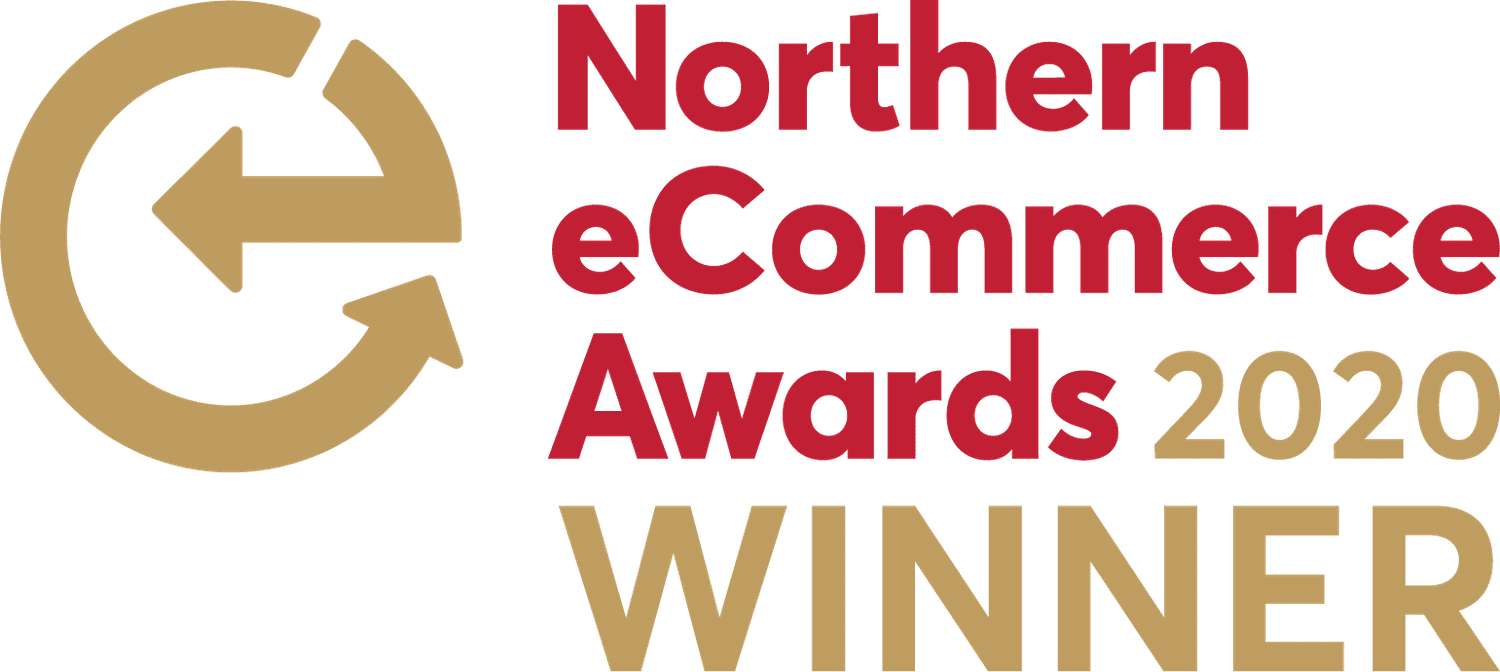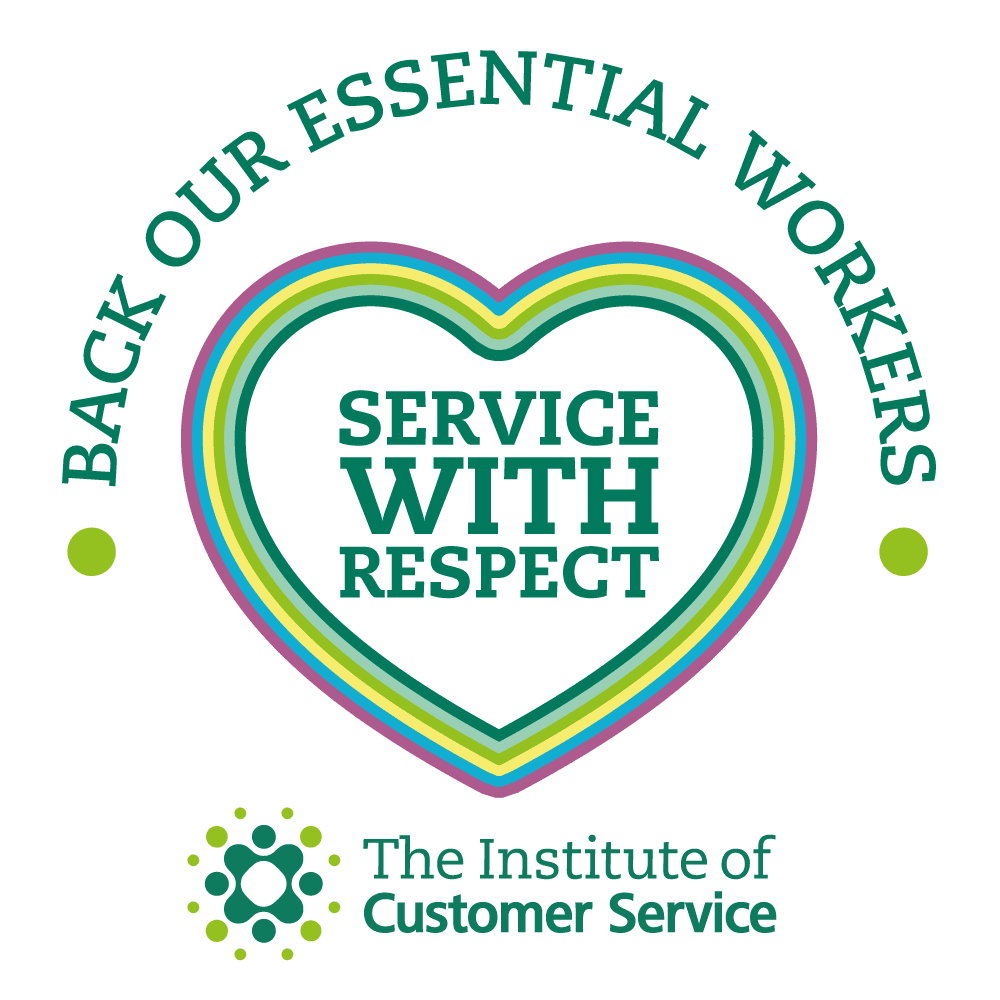If you’re thinking of setting up an eCommerce store, or you’re in the early stages of running one, then you’ve probably given a great deal of thought to marketing your products and making sales. But what about fulfilment? Successfully picking, packing and shipping orders to your customers is just as important as making the sale in the first place. So, if you want to find out more about eCommerce order fulfilment, keep reading! 👇
Why is fulfilment important?
As that introductory paragraph makes clear, successful fulfilment can be just as important as making a sale in the first place.
But why is this?
Customer expectations. Those two words are the reason why fulfilment is now such a big deal for eCommerce retailers.
Thanks to eCommerce giants such as Amazon offering free shipping, order tracking and easy returns, customers now expect to be able to see the progress of their orders, for their orders to arrive quickly and for their items to be well packed and in perfect condition every time.
Don’t just take our word though. Here are some stats that should help to drive home the importance of fulfilment:
- Retail Insight Network reports that 45% of consumers will refuse to shop again with a retailer if they have had a bad delivery experience.
- Conversely, 90% of consumers will use a retailer again following a positive delivery experience.
- A study by Arvato found that 53% of consumers will reconsider making a purchase if the delivery on offer is too slow.
- The same study by Arvato also found that 25% of consumers will cancel an order that they’ve placed if they feel it is taking too long.
The speed and quality of a delivery are all down to your fulfilment process. So, it pays to get this right.
What is order fulfilment?
Okay, so hopefully it’s now clear just how important order fulfilment will be to the ongoing success of your eCommerce store.
However, we know that ‘order fulfilment’ is a slightly vague term. What exactly is it?
Put simply, order fulfilment is the process of storing inventory (your stock of products), receiving an order from a customer, picking and packing that order and then ensuring it is shipped to them in a timely manner.
As you’ll see though, order fulfilment is easy to define, but much more difficult to get right in practice.
What is the order fulfilment process?
If you’re going to run an eCommerce store, then there’s no way of avoiding fulfilment – it’s the route by which you get your products to your customers.
As we alluded to above, fulfilment can be a complex process. But, like any other complex process, breaking it down into a series of stages will make it much easier to understand and accurately deploy in your business.
Below we’ve set out the key stages of the fulfilment process.
Receiving
Before you can start selling, you need some items to sell!
So the first stage of the fulfilment process involves receiving stock (commonly referred to in the eCommerce world as ‘inventory’).
If you’re going to be carrying out your fulfilment in-house, then you’ll need your inventory ‘on hand’. This simply means you need your inventory to be located in your place of business. So, if you’re an early-stage eCommerce start-up, this could mean a spare bedroom, garage or small lock-up.
When receiving inventory it’s important that you set up processes whereby you check that you are receiving the correct items, in the correct volume, in the correct quality. This doesn’t have to be hugely detailed, but you should at least ensure you’ve received everything you’ve paid for and that it’s in saleable condition.
Inventory storage
The next stage of the fulfilment process involves storing your inventory in an organised, suitable place.
It’s important that each product has a designated storage area. In larger eCommerce operations this will involve storage in a warehouse on a shelf, in a bin or on a palette.
Not only does effective inventory storage keep your products secure and protected, but it’ll speed up your fulfilment process.
The saying ‘everything in its place’ is a saying for a reason! If your inventory is stored chaotically, then you’ll end up spending an inordinate amount of time searching for items and fulfilling orders – time that could be better spent on more profitable activities.
Order processing
With your inventory received and stored properly, the next stage of the order fulfilment process will be order processing.
This is exactly what it says.
As soon as you receive an order from a customer through your website, you should start processing it. This involves picking the ordered items out of your inventory, packing them and getting them ready to ship to the customer.
Order processing varies from retailer to retailer, but there are some common steps that you should follow:
- Once the order has cleared, it is sent to your warehouse (or wherever you store your inventory).
- A picking list is printed off so that you can find the correct items for the order.
- The items are picked from the relevant parts of the warehouse.
- The items are then inspected to ensure they are not damaged, double-checked against the picking list and then packed.
- The packing process will often involve following instructions on the correct way to pack an item, the packing materials to use, what size box should be selected etc.
- Once packed, a shipping label is added to the box.
As we say, this process can vary depending on what products you are selling, where you are selling them etc, but for the majority of eCommerce retailers, the above list still outlines the main parts of the order processing part of their fulfilment pathway.
Shipping
Once the order has been picked and packed, it’s ready to be shipped to the customer.
Depending on the scale of your eCommerce business, you may either take the orders to the post office yourself, or have them collected by a shipping partner.
Whichever shipping route you choose, it’s vital that you keep the customer informed. Most shipping providers will share tracking info on the progress of the delivery. Make sure you share this with your customers – not just an initial notification that their order has left your warehouse.
Remember, it’s about customer expectations. You may not be able to use a fancy app like Amazon, but a customer will certainly appreciate it if you can keep them notified on the progress of their order.
Returns processing
This is the part of order fulfilment which eCommerce retailers like least – but returns are now pretty much an expectation amongst consumers, so you have to be prepared to offer returns and process quickly and efficiently.
Ensure that you have a dedicated facility within your warehouse to receive and process returns. Depending on the condition of the item, you will be able to restock it or dispose of it. Your customer will usually be keen to receive their refund so that they can buy another item, so speed is key with returns processing.
Make sure you are prepared to deal with each of those stages and you’ll find that you have an effective order fulfilment process.
Guide – you can find out more about how fulfilment centres work in our complete guide here.
What are the other order fulfilment strategies?
What we’ve described above is the typical order fulfilment process. We wouldn’t blame you if it seems a bit overwhelming or intimidating.
But, there are alternative fulfilment strategies.
If you don’t want to carry out order fulfilment yourself in-house, then there are two other fulfilment strategies you can use.
Dropshipping
Dropshipping involves the manufacturer of your products shipping them directly to your customers once they’ve placed an order. Dropshipping is a popular fulfilment strategy for many eCommerce retailers as it minimises costs – you don’t need to warehouse your inventory for example – plus you can focus on the marketing and selling of their products.
Third-party fulfilment
One of the most popular forms of order fulfilment is to use a 3PL. A 3PL will receive and store your inventory for you, process orders and ensure that orders are shipped along with tracking information to customers.
In other words, they can take care of the entire order fulfilment process on your behalf. Because they concentrate solely on fulfilment, you’ll also benefit from their expertise, partnerships with shipping companies and much more.
Enjoy a fulfilling order fulfilment experience with 3PL
We hope you’ve found our guide to eCommerce order fulfilment helpful. If you’re considering outsourcing your eCommerce fulfilment, speak to 3PL today. As our name suggests, we’re the experts at order fulfilment and will be happy to have a free, no-obligation chat about your fulfilment requirements.
Speak to 3PL about eCommerce order fulfilment today
For more eCommerce business, marketing and fulfilment advice, read the 3PL blog…
How Do Fulfilment Centres Work? | Which eCommerce Order Fulfilment Strategy is Best for Your Business? | What Exactly Happens During the Pick and Pack Operation?







